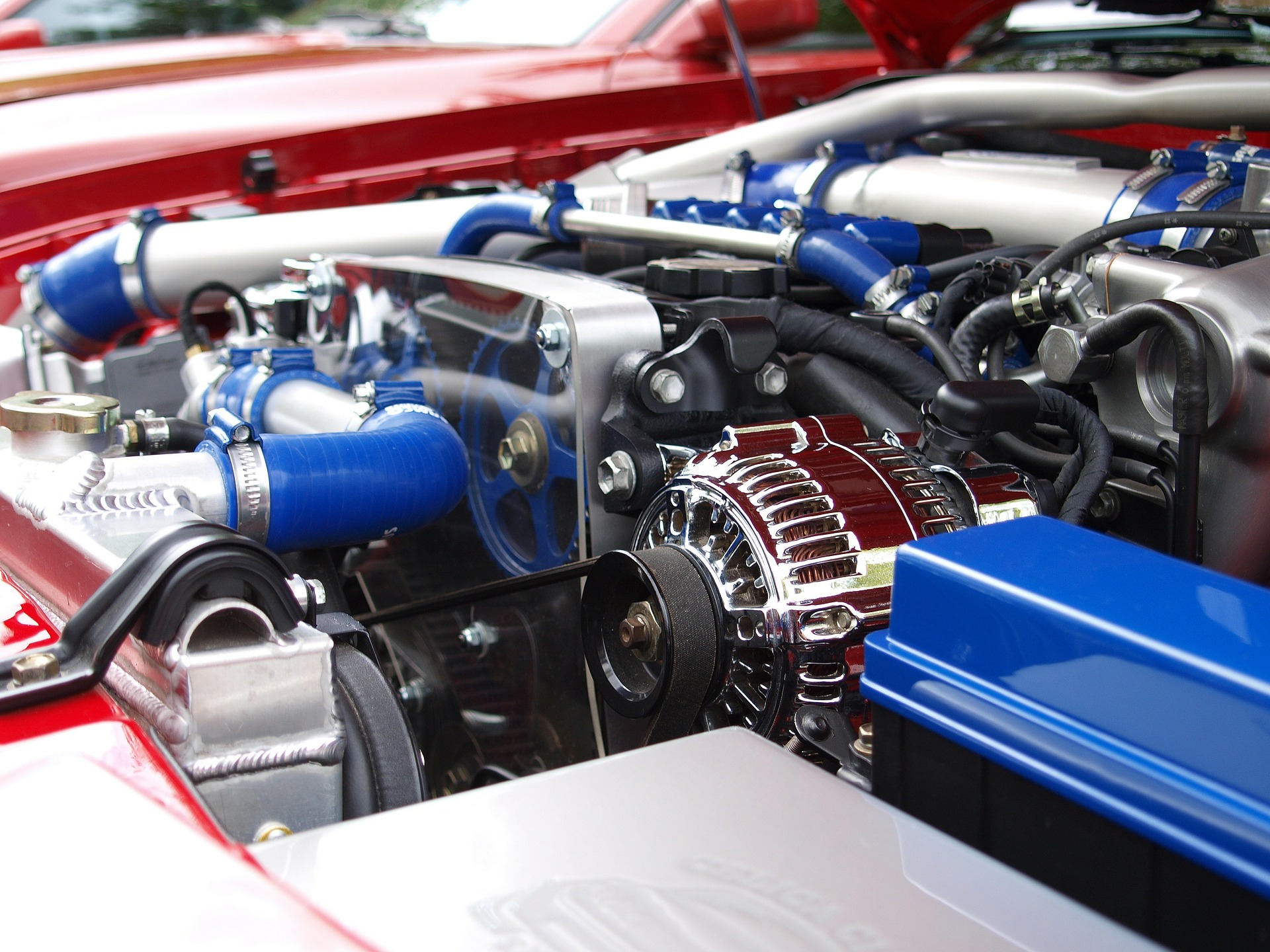By Manuel Martínez Martínez
manuel.mmartinez@itesm.mx
Is it possible to carry out educational projects based on technological replication? The answer to this question is definitely, yes, it is possible. The idea is to challenge students with an existing technological development where they can understand how it works without having to carry out any kind of reverse engineering. The process involves being inspired by a technological development in order to explore real solutions. Being able to replicate something that we already know represents an area of opportunity for students to test their knowledge and grow their creativity and innovative capabilities. In this way, they can develop competencies more effectively by living experiences and facing challenging situations where they are actively applying what they have learned or are learning; moreover it gives them the opportunity to work collaboratively on structured experiences in real situations.
Replicating something we already know also develops creativity and innovation.
With this in mind, I designed a project denominated “Autonomous Car” for my Autotronic course. As we know, different automotive companies are developing autonomous cars that are able to drive themselves. The market already offers cars that can park themselves and vehicles already exist that can be controlled from a smartphone through an app, that we can call real-scale, remote-control vehicles. Students will come across these kinds of developments as they go forward and replicating their functioning can be a very challenging learning experience. Thus, in my class, we sought to automate a real-scale vehicle that could be guided by GPS and take the user safely from Point A to Point B. To do this, we designed a project based on technological development replication in five areas: 1. Control of steering and braking; 2. Control of progress (gears and acceleration); 3. Intelligent control of parking laterally; 4. Intelligent control of handling and detecting obstacles; and 5. Coordinate-based travel.
There are cars that can be controlled from a smartphone called real-scale remote-control vehicles.
The procedure that I followed for my class was to initially collect the technical information that would be required for the project. At the beginning of the semester, I explained the problem to my students, giving them an extensive explanation of the background and the goals that they had to achieve. The students worked in teams, proposing tangible solutions and carrying out learning activities to promote creative thinking. They presented their projects publicly on the day of the final exam. The final deliverables were a working prototype and written documentation of what they had done.
Their achievements were clearly visible; this gave them a great sense of achievement.
The students were able to control the steering of the vehicle by wireless using electronic control and voltage programming mirroring the torque of the EPS (Electric Power Steering). They made a mechanism based on an electric motor and a system of mechanical transmission with a worm screw to activate the brake pedal. They programmed and electronically controlled the braking system by wireless and made a mechanism based on an electric motor and a worm screw mechanical transmission system to activate the gearstick. Their electronic control system used feedback from the transmission and they programmed it to achieve a wireless control of the gear system. They added a mechanism to control the vehicle’s acceleration system and also the instrumentation and programming of the procedure for autonomous lateral parking. Finally, they integrated the entire system into an interface so that the vehicle could be controlled from a PC or from a tablet wirelessly.
In this project, students gained experience in solving problems related to real situations involving leading-edge technology, thus preparing them to compete in any research and development center or graduate program. The collaborative focus of the project taught them how to reach agreements to improve a solution, without losing sight of the importance of the value of each participant’s contribution. Throughout the process, they all enriched their knowledge by sharing and discussing the project with their teammates and through their experiences.
Students solved problems using leading-edge technology.
The implementation of this project based on technological replication motivated my students to crystallize their ideas to implement a solution. It was of particular importance that their achievements were clearly visible; this gave them a great sense of achievement.
About the Author
Manuel Martínez Martínez has a Doctorate in Mechanical Engineering and is a Professor at the Tampico Campus of the Tecnológico de Monterrey. In 2015, he received the “Inspired Professor” award from this institution.
This article from Observatory of the Institute for the Future of Education may be shared under the terms of the license CC BY-NC-SA 4.0 
)
)


)